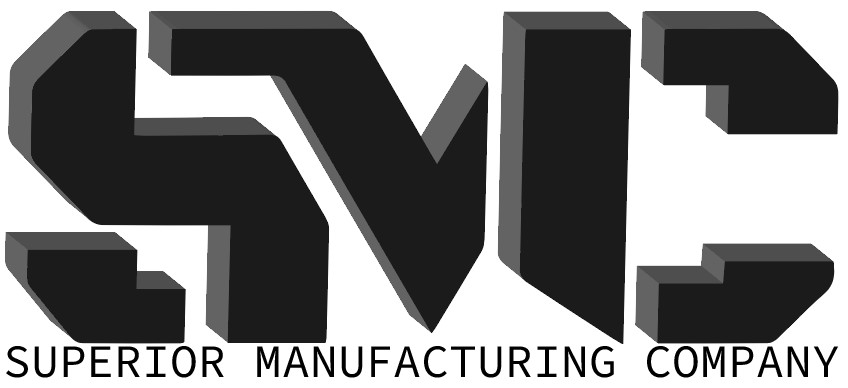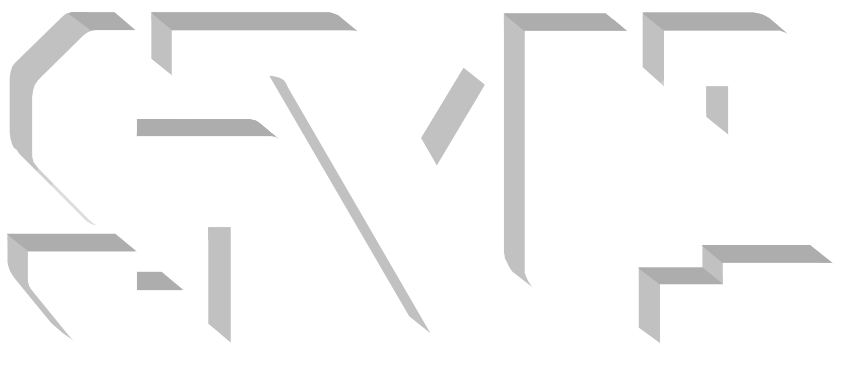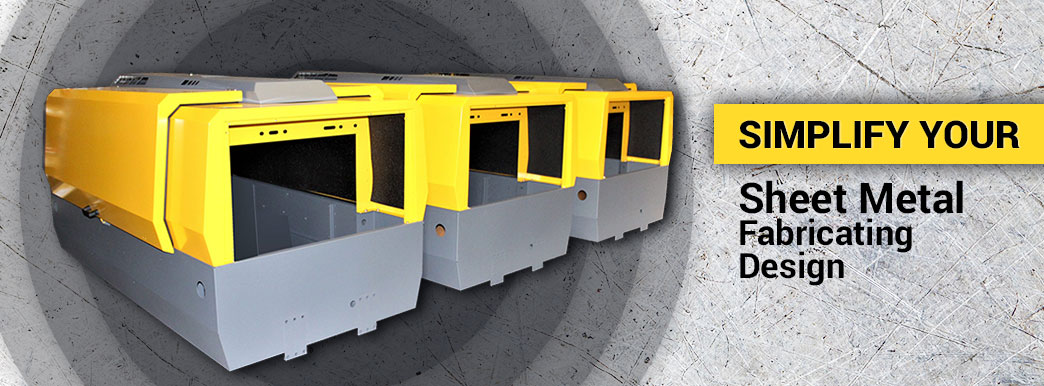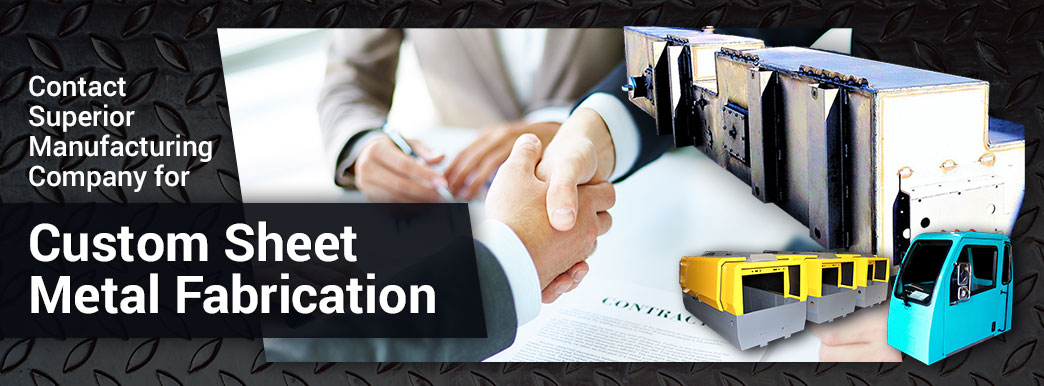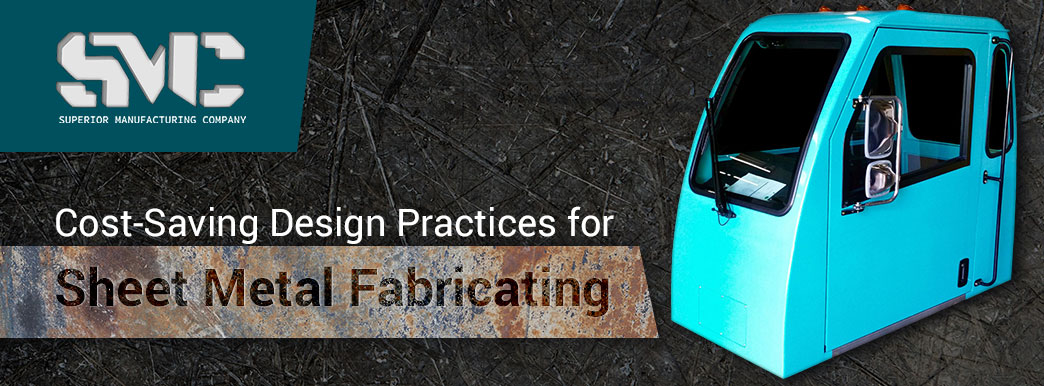
Cost-Saving Design Practices for Sheet Metal Fabricating
What Is Design for Manufacturing?
Reduce Sheet Metal Fabrication Costs With Design for Manufacturing
Contact Superior Manufacturing Company for Custom Sheet Metal Fabrication
Cost-Saving Design Practices for Sheet Metal Fabricating
Streamlining the manufacturing process for efficiency is cost-effective, minimizing the time it takes for your product to reach markets. Because up to 95% of production costs are associated with the design process, you’ll want to ensure you’re practicing cost-saving design practices for sheet metal fabricating.
What Is Design for Manufacturing?
Design for manufacturing, or DFM, streamlines the manufacturing process by improving a product’s design for repeated production at the lowest possible cost. The ultimate goal of DFM is to analyze the current manufacturing design to determine if there’s a more cost-effective, efficient way to make that product without hindering its performance. DFM should occur in the early design process and must include all stakeholders, including designers, engineers, manufacturers and material suppliers.
The five principles of DFM include:
- Process: Ensure you choose the proper manufacturing process for a particular part or product. Consider how many parts you’re making, what materials you’re using, required tolerances and whether you’ll need to complete any secondary operations to confirm the process you’re using is as efficient as possible.
- Design: Ensure the design conforms with the manufacturing process you’ve chosen. Your contract manufacturer can confirm whether your design aligns with proper manufacturing processes.
- Material: You’ll want to select the right material for a part or product. Consider how strong a material is, whether it needs to be reflective or transparent, its flammability and factors like heat resistance and electrical properties.
- Environment: Ensure you design the part or product for the environment it will be used in.
- Compliance and testing: Check that the part or product’s design complies with safety and quality regulations.
Reduce Sheet Metal Fabrication Costs With Design for Manufacturing
Understanding proper DFM can save your company money and time during manufacturing. Your final sheet metal fabrication cost estimation will depend on these practices, so you should be sure to provide as much detail as possible to design teams and look at options like simplifying your design by reducing the number of needed parts and cuts and using fasteners instead of welding.
Provide Detailed Designs
Working with a design team can save your company time and money by helping you create the most efficient product. By providing designers with as much detail as possible, you’ll reduce the amount of research, modification and redesigning the team has to do, reducing the cost of your sheet metal engineering by saving the design team time.
You’ll want to include the following factors when working with a designer:
- Material thickness: Choosing the proper material thickness reduces weight and cost. Often, you can use thinner material than initially anticipated since much of a part’s structural integrity results from its geometry. However, the wall thickness should remain constant. Using different thicknesses requires reorientation and realignment during manufacturing, which requires more time. Further, differing thicknesses have varying bend capacities, potentially resulting in an inaccurate shape.
- Bend radii: Keeping a proper bend radius prevents fractures, distortions and breaking. Bend radius should at least be equal to the sheet thickness, and keeping a consistent bend radius is most cost-effective. Bends designed on the same plane should follow the same direction, preventing part reorientation during manufacturing.
- Bend relief: Bend reliefs help tearing when a bend is close to the edge of the material. Designers implement bend relief notches where a bend extends on an edge. Relief notches can be rectangular, tear-shaped or oblong and should only be as deep as the material thickness added to the bend radius.
- Hole orientation and size: Holes should be sized at a minimum of the material’s thickness to reduce the chance of burrs or blemishes marking the final product. Further, holes punched too close to a bend or an edge can be misshapen or cause a bulge. Spacing between holes should be at least six times the thickness of the sheet metal.
- Hemming: Hemming is simply bending the sheet metal material back over itself to stiffen or soften sharp edges or hide imperfections. The inside of the hem should be the same as the material thickness, while the hem return length should be four to six times its thickness.
Simplify Your Sheet Metal Fabrication Design
Create a standard design to reduce the cost of your sheet metal manufacturing. By using readily available standardized parts, you can shorten production time compared to using customized options.
Streamlining your sheet metal fabrication design will help cut costs. Be cautious of features like cutouts and extra fasteners that fail to improve the product. For example, you can reduce the number of threaded fasteners you use by forming threads directly into a part. Limiting the number of fasteners can also help you standardize factors like thread size across the entire design.
You should also keep a consistent bend radius across your entire design to reduce the number of specialized tools required. By simplifying your sheet metal fabrication design, you can limit the number of presses and tooling you use to reduce cost and time. The fewer machines you use, the faster and less expensive the production process.
During painting, limit the number of masking points you include. While masking can keep areas essential for grounding covered during painting or powder coating, using a grounding strap or pad is much more efficient and cost-effective.
Reduce the Number of Cuts or Parts
Reducing the number of sheet metal cuts or parts decreases the overall material required and the needed engineering, production and shipping labor. For instance, you should combine two components if they’re made from the same material, are immobile relative to each other and won’t complicate the assembly process if connected.
Restrict the number of joint fasteners you need. For example, limiting the number of rivets decreases labor time and costs, as rivets are manually shot and must be counted and checked to ensure proper sealing. The cost of bending sheet metal is less than manually installing hardware like fasteners. You can decrease the number of fasteners you use by attaching two parts with a bend or combining two panels into one.
Further, designs with more cutouts take longer to manufacture, increasing the price. For example, cutting many small vent patterns can be costly, so you should design longer vent slots or use perforated sheet metal. Limiting the number of cuts or parts you include ultimately reduces the cost of sheet metal design.
Use Alternatives to Welding
While welding can be beneficial for certain designs and for closing open corners and gaps, the process typically costs more than using fasteners or another simple solution. Typical sheet metal welding methods include TIG, MIG and spot welding. However, all welding methods require skilled professionals and additional setups and consumables. Further, welding calls for more extensive preparation and cleanup, and the heat from welding can distort the metal’s surface.
Although you generally want to reduce the number of parts you use during design and manufacturing, fasteners and bending are often a quicker and less expensive solution than welding. For instance, riveting is faster and more cost-effective while also allowing you to join two different metal types.
Contact Superior Manufacturing Company for Custom Sheet Metal Fabrication
If you’re looking to give your products a competitive edge in the marketplace, Superior Manufacturing has you covered. Our engineering team offers more than 75 years of experience manufacturing heavy equipment parts like operator cabs, fuel and hydraulic tanks, propane storage tanks, and industrial canopies and frames.
Our expert design and engineering team will first establish a detailed project plan before creating a product prototype for your approval. Then, we’ll help you design for manufacturing, fabricate, weld, paint and assemble your product. Throughout the process, we’ll also give you recommendations for reducing cost while still maintaining exceptional quality. We even offer just-in-time delivery to get your products to you quicker.
Contact us today to learn how our experienced team can help you with your custom metal fabrication project!
